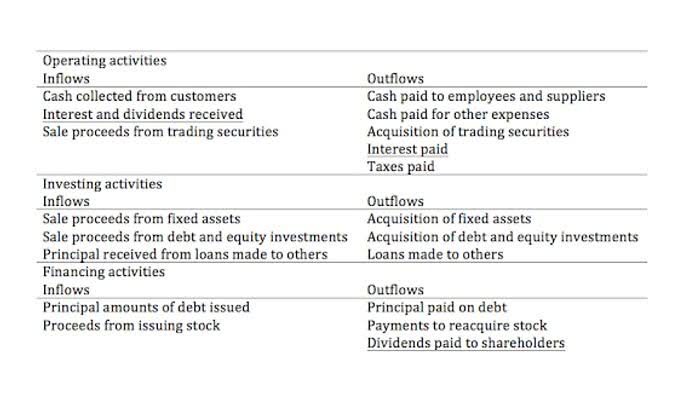
The entity may prepare the statement of retained earnings and the balance sheet and the statement of change in equity. Normally, the entity’s senior management team proposes the dividend payments to the board of directors for approval. Retained earnings and net income both are the revenue of a business entity. Net income is recorded in the income statement of a business entity in every financial period. Net income is the profit of a company that is calculated after payment of all the recurring expenses.
How retained earnings reflect business performance and financial health
When you’re able to produce more goods and services, you should be able to expand your company and increase profits. Further, companies that can increase their profits often receive higher valuations, which assets minus liabilities and retained earnings can benefit owners who want to sell a company. The more liability a business assumes, the riskier it will be to investors, and the less likely it’ll be for you to borrow money and grow your business.
Try QuickBooks Accounting Software for Small Businesses Free for 30 Days

Retained earnings are a type of equity and are therefore reported in the shareholders’ equity section of the balance sheet. Although retained earnings are not themselves an asset, they can be used to purchase assets such as inventory, equipment, or other investments. Therefore, a company with a large retained earnings balance may be well-positioned to purchase new assets in the future or offer increased dividend payments to its shareholders. Dividends refer to the share of profits that a company distributes to its shareholders. Dividends are typically distributed from the company’s current or retained earnings. The amount of dividends paid out by a company directly impacts its retained earnings.
What factors impact your retained earnings balance?
In this case, dividends can be paid out to stockholders, or extra cash might be put to use. Any change in the accounting policies of a business entity must be reflected in the financial statements. Consequently, any adjusting entries must be recorded to complete the effect of change. However, if the change in accounting policy is immaterial, does not imply circumstances of past transactions, unfeasible or impractical accounting estimate, etc., the recording of changes is exempted by IFRS. After paying off debts, shareholders, and liabilities, your company may want to invest in fixed assets.
- My work focuses on developing tailor-made solutions and managing complex deals, always keeping the needs and objectives of my clients in mind.
- As the formula suggests, retained earnings are dependent on the corresponding figure of the previous term.
- A business is taxed based on its net income, and retained earnings are what remains after net income is taxed.
- Additional paid-in capital does not directly boost retained earnings but can lead to higher RE in the long term.
- As a business owner, your ability to calculate and interpret retained earnings can provide you with a powerful tool for making informed business decisions and planning for the future.
- If dividends are granted, they are generally given out after the company pays all of its other obligations, so retained earnings are what is left after expenses and distributions are paid.
Rather, it could be because of paying dividends to shareholders, capital expenditures, or a change in liquid assets. It might also be because of different financial modelling, or because a business needs more or less working capital. Retained earnings represent a company’s total earnings after it accounts for dividends. Limitations of retained earnings include the fact that the earnings provide a snapshot of the company’s financial situation at a specific time. Also, the percentage of retained earnings can vary, leading to fluctuations in the funds available for reinvestment.

What is the Retained Earnings Formula?
- It involves paying out a nominal amount of dividends and retaining a good portion of the earnings, which offers a win-win.
- Retained earnings is a term used to describe the portion of earnings a company chooses to keep after paying out dividends.
- One way to assess how successful a company is in using retained money is to look at a key factor called retained earnings to market value.
- To address these challenges, thorough due diligence is essential, encompassing not just financials but also cultural and operational compatibility.
The entity makes a net profit after tax amounts USD 100,000 for the period 01 January 2017 to 31 December 2017. Retained earnings are left over profits after accounting for dividends and payouts to investors. If dividends are granted, they are generally given out after the company pays all of its other obligations, so retained earnings are what is left after expenses and distributions are paid. Since net income is added to retained earnings each period, retained earnings directly affect shareholders’ equity. In turn, this affects metrics such as return on equity (ROE), or the amount of profits made per dollar of book value.

Do you own a business?



